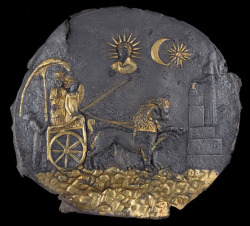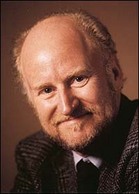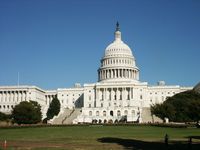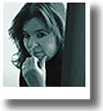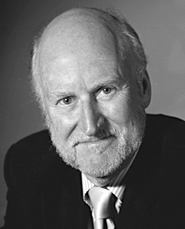Bloomberg published an article the other day about the pay afforded by some large museums, and although the reporter, Philip Boroff, was measured, the story obviously raises questions about whether such pay is appropriate. As it happens, Charity Navigator just released its own pay survey for non-profits, including arts groups, that put the Bloomberg piece in context.
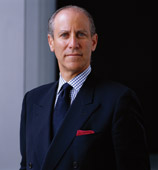 To review, according to Bloomberg, Glenn Lowry, director of the Museum of Modern Art* (left, in 2005), took home the biggest pay-and-benefits packet last year: $1.32 million — “down from $1.95 million the year before, as the museum cut costs amid the recession.”
To review, according to Bloomberg, Glenn Lowry, director of the Museum of Modern Art* (left, in 2005), took home the biggest pay-and-benefits packet last year: $1.32 million — “down from $1.95 million the year before, as the museum cut costs amid the recession.”
Elsewhere:
- Philippe de Montebello was paid $818,935, up 7 percent, in his last year running the Metropolitan Museum.*
- James Wood pocketed $1.1. million as CEO the J. Paul Getty Trust in the year through June 30, 2008.
- James Cuno received $626,175, as president of the Art Institute of Chicago.
- Malcolm Rogers was paid $719,621 to run the Museum of Fine Arts, Boston.*
How does that stack up against other non-profits and other arts non-profits?
[Read more…] about Are Museum Directors Paid Too Much? UPDATED

